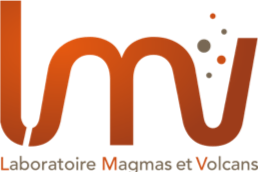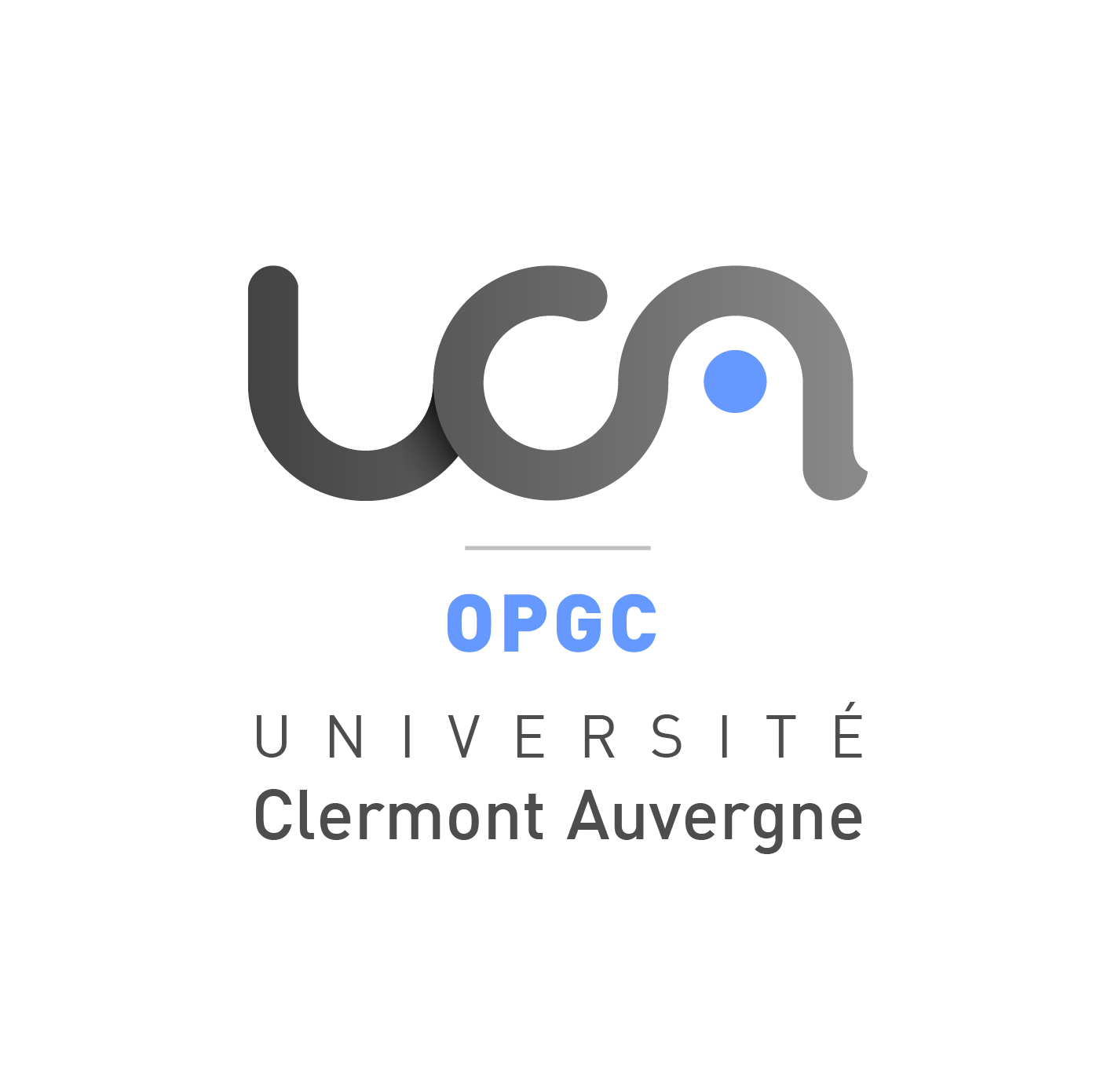The volcanoes we study Understanding volcanism requires the acquisition of field data: visible and thermal imagery, geophysical campaigns, gas, rock and ash sampling for petrological and geochemical analyses, mapping of deposits and destruction, etc. Our targets depend on the current activity, research themes and our collaborations with French laboratories and observatories, as well as partner…
The Magmas and Volcanoes Laboratory (LMV) is a joint research unit of Clermont-Auvergne University, affiliated with the Centre National de la Recherche Scientifique (CNRS, UMR 6524), the Institut de Recherche pour le Développement (IRD, UMR 163). It is one of two laboratories of the Clermont-Ferrand Global Physics Observatory (OPGC). The LMV is also the Earth…
TIMS Triton XT (Thermo-Ionisation Mass Spectrometer), from ThermoFisher Scientific, has been installed in the Laboratory Magmas and Volcans since September 2016. This instrument was purchased as part of Maud Boyet’s ERC ISOREE project ISOREE “New insight into the origin of the Earth, its bulk composition and its early evolution”. This instrument is spectrometer for isotope…
The recruited person will be assigned to the experimental petrology team of the Laboratory Magmas and Volcanoes (LMV), a research unit of Clermont Auvergne University, CNRS and IRD. His/her work should be complementary with the other Team’s members and enrich the research axes of this team. It can also be part of one of…
[EntetePerso nom= »Rosenthal » prenom= »Anja » commentaire= » »]
Serpentinite’s role in geochemical recycling during subduction. Alpine serpentines of various metamorphic facies potentially record element transfer and fluid circulation in a subduction zone, as deep as 100-150 km. During oceanic metamorphism, it incorporates fluid-mobile elements (B, Li, As, Sb, Rb, Ba, Cs, Sr, U et Pb) following fluid movements. Then, the results from a…
This page will be soon translated. Le Master 2 Prof. « Géologie de l’Aménagement » en stage Cette année le Master Pro a été en stage autour de Clermont-Ferrand du 8 au 11 septembre 2015 et a testé un nouvel instrument. (cliquez sur l’image pour voir la vidéo). Le Master 2 Prof. « Géologie de l’Aménagement » informe…
This is the english page for diamond anvil cell
TIMS Triton (Thermo-Ionisation Mass Spectrometer), from ThermoFisher Scientific, has been installed in the Laboratory Magmas and Volcans since January 2005. This instrument was co-financed by INSU, the University Blaise Pascal from the Auvergne Region and Regional FEDER funds. This instrument is a spectrometer for isotope analysis. It is equipped with 9 Faraday cages allowing the…
Mise en solution par fusion alcaline The technique uses fluxing agents : Mixing: fluxing agent/sample, lowers the melting point of the sample. The main fluxing agents contain borates: LiBO2 / sample powder. Melting is generally done in graphite crucibles using a magnetic induction furnace. The obtained bead is dissolved in an acidified solution (HNO3 1%).…


